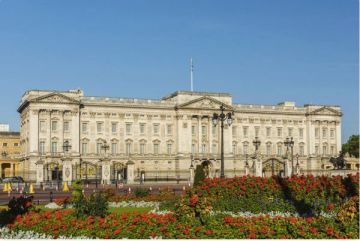(d. 862)
Very little is known for certain about the life of Winchester Cathedral's first patron saint. Some biographies of Swithun state that he was once Prior of Winchester, but there is no evidence to support this belief. We do know that he was one of the chief advisors of Egbert, King of the West Saxons, and may have been responsible for the education of Egbert's son, Ethelwulf. Egbert's influence procured for Swithun the post of Bishop of Winchester, which he took up in 852.
When Swithun's health failed in 862, and he lay near death, he is said to have asked that his body be buried outside his cathedral, rather than within it, as was customary. He wanted passers-by to walk upon his grave, and raindrops from the eaves of the cathedral fall upon his resting place. Although his wishes were granted, his grave did not long lie undisturbed. In 931 Bishop Ethelwulf had Swithun disinterred and reburied within the walls of the new church.
Shortly after, miracles were reported at Swithun's tomb, which became a popular attraction for pilgrims. So clamorous were the voices reporting these miracles that Swithun was canonised, which further added to the allure of his shrine.
Yet, still his bones could not rest, for in 1093 his remains were once more dug up and reburied with great ceremony within the new cathedral built by Bishop Walkelin. There they remained until the Dissolution of the Monasteries in 1538 when the shrine was destroyed by Henry VIII's men. Once more the saint's bones were dug up, this time to scattered and lost for good.
A popular superstition, expressed in this rhyme, attaches to Swithun's name:
St. Swithin's day if thou dost rain
For forty days it will remain
St. Swithin's day if thou be fair
For forty days 'twill rain nae mair.
The Feast Day of St Swithun is observed on July 15.


